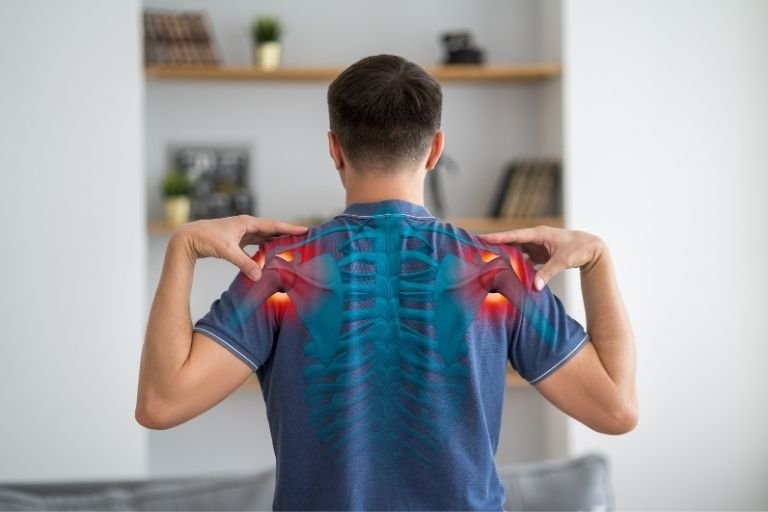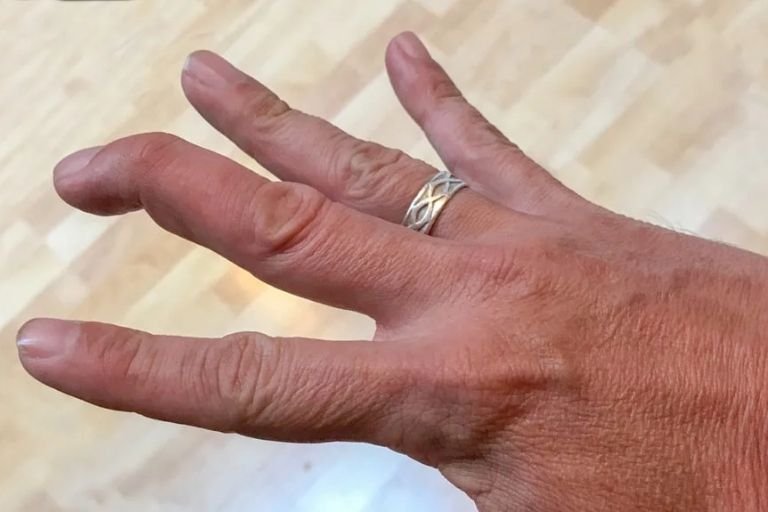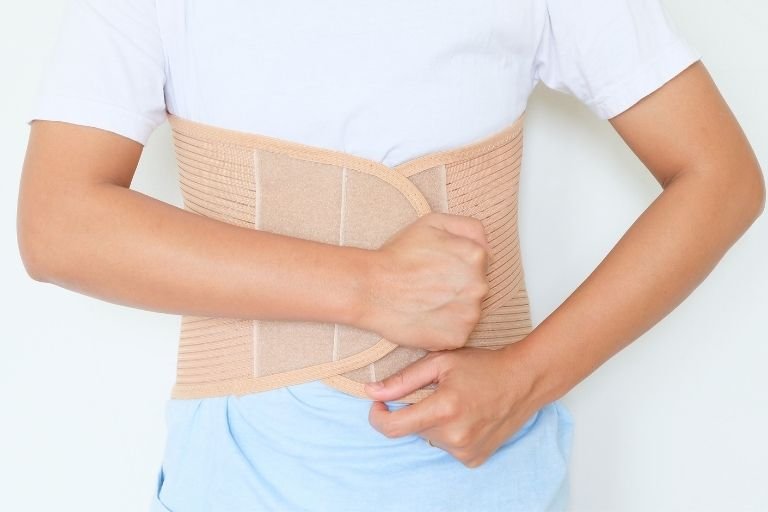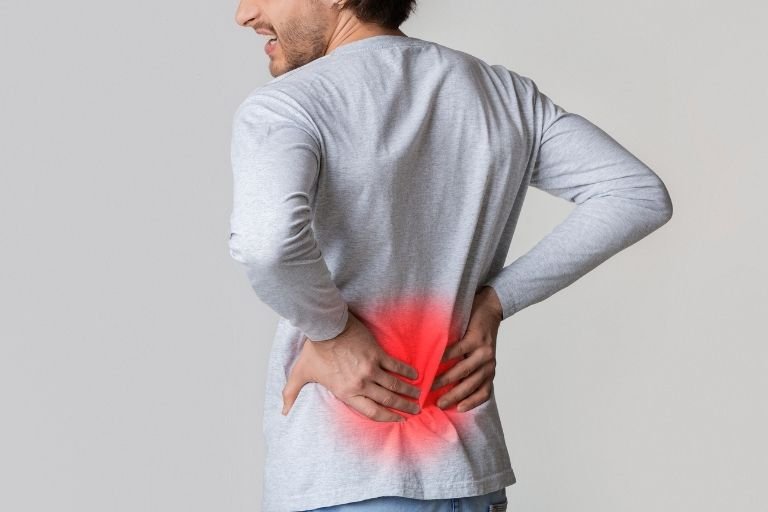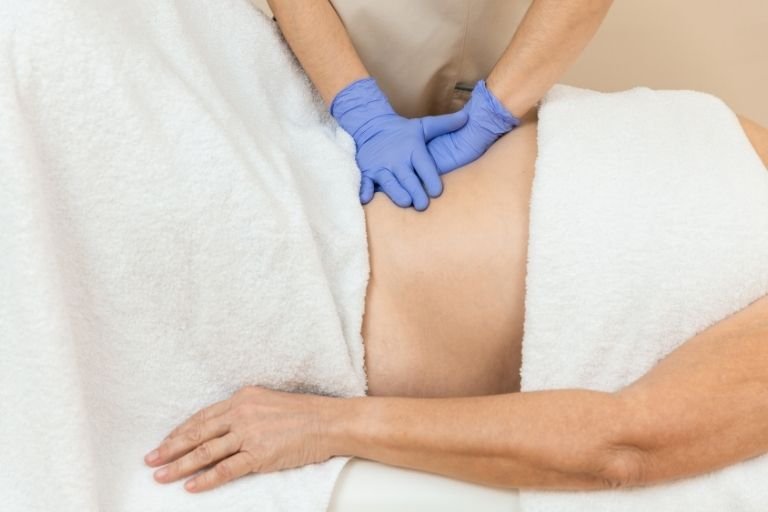- Fitwell Physiotherapy
Pre & Post Hip Replacement Rehab

Hip replacement surgery can greatly improve mobility and quality of life for individuals suffering from severe hip pain and limited movement due to conditions like osteoarthritis, rheumatoid arthritis, avascular necrosis, or hip fractures. However, the success of the surgery often depends on proper pre and post-operative rehabilitation.
Please submit your details below.
Pre-Operative Rehabilitation:
Symptoms and Causes:
- Symptoms of hip joint degeneration or injury include persistent hip pain, stiffness, reduced range of motion, and difficulty in performing daily activities.
- Causes may vary from osteoarthritis, rheumatoid arthritis, avascular necrosis, hip fracture, to congenital hip disorders.
When to See a Physiotherapist:
- It’s advisable to consult a physiotherapist when experiencing persistent hip pain or difficulty in hip joint movement.
- Physiotherapists can assess the condition, provide pain management strategies, recommend exercises to improve joint flexibility and strength, and prepare patients for surgery.
Risks:
- Potential risks associated with hip replacement surgery include infection, blood clots, implant dislocation, nerve damage, and prosthesis failure.
- Pre-operative rehabilitation aims to optimize the patient’s health and physical condition, reducing the risk of complications during and after surgery.
How to Prevent:
- While some causes of hip joint degeneration may not be preventable, maintaining a healthy weight, regular exercise, and avoiding activities that put excessive stress on the hips can help prevent or delay the need for hip replacement surgery.
Post-Operative Rehabilitation:
Treatments:
- Immediately after surgery, patients undergo rehabilitation under the guidance of physiotherapists.
- Treatments may include gentle exercises to improve circulation, mobility, and muscle strength, as well as pain management techniques.
- Gradually, as the patient progresses, exercises become more intensive to regain full hip joint function.
Symptoms and Causes:
- Common post-operative symptoms include pain, swelling, stiffness, and difficulty in walking.
- Causes may include surgical trauma, muscle weakness, scar tissue formation, and improper rehabilitation.
When to See a Physiotherapist:
- Patients should start physiotherapy as soon as possible after surgery, usually within a few days.
- Physiotherapists monitor the progress, adjust rehabilitation plans accordingly, and educate patients on proper movement techniques and precautions to avoid complications.
Risks:
- Risks during post-operative rehabilitation include infection at the surgical site, blood clots, dislocation of the hip prosthesis, and delayed wound healing.
- Physiotherapists are trained to identify and address these risks promptly.
How to Prevent:
- Following the post-operative rehabilitation program diligently, including prescribed exercises, activity modifications, and lifestyle adjustments, can minimize the risk of complications and promote a successful recovery.
In conclusion, both pre and post-operative rehabilitation are integral parts of hip replacement surgery. They aim to optimize the patient’s physical condition before surgery, minimize risks, and facilitate a smooth recovery process afterward. Regular communication and collaboration between patients, physiotherapists, and healthcare providers are essential for achieving the best outcomes.
Frequently Asked Questions
Related Conditions
How Fitwell Physiotherapy Can Help?
Dr. Richa’s Fitwell physiotherapy has an extensive team of physiotherapists all within their own specialist areas of physiotherapy. Whatever your condition, we guarantee that we will have the best physiotherapist for you. We assess, diagnose, plan, cure and care for you.
Fitwell Physiotherapy Clinic, Pune provides you best physiotherapy treatment in Kharadi, pune. We also serve Chandan Nagar, Vadgaon Sheri, Keshav Nagar, Wagholi & nearby Areas in Pune. We are experts in treating Neck Pain, Hand Pain, Back Pain, Lower Back Pain, Knee Pain, Stiff Neck, Sciatica, Arthritis, Stroke Paralysis & Post Surgical Rehab.
We provide Specialized physiotherapy treatments in Sports Injuries, Pre and post Surgery, Neurologic, Pediatric, Chronic Pain/Fatigue, Rheumatology, Women’s Health, Men’s Health, Ergonomics, Vestibular, Amputees & all sort of Pain treatment and lifestyle conditions.






















